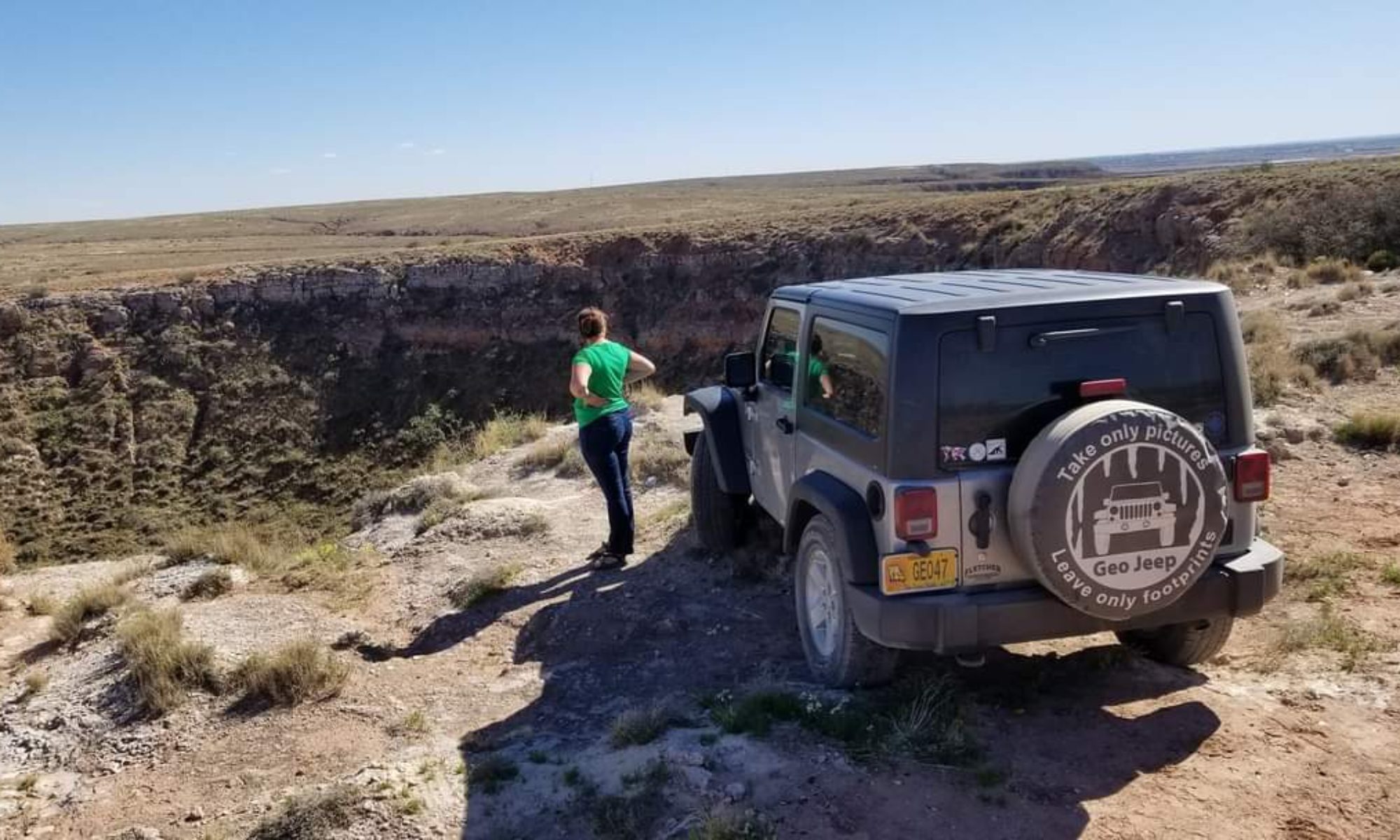I had spent all of Yesterday (the official Day 34) driving so that I could get to Dubuque, IA to see Crystal Lake Cave. By the time I had arrived it was too late to tour the cave, and I was too exhausted to set up camp for the night, so I camped at a Econolodge in Dubuque. It was the last room available, as it turns out I showed up on the weekend of some sort of biking festival. Pure luck that someone had canceled their reservation is what secured my room at the Econolodge, one of the budget options for the Choice hotel chain that claimed to be smoke-free but smelled of stale cigarettes. Not my favorite hotel, but I was too tired to care at the moment.
Dubuque, Iowa is a river town, situated along the Missouri river as a major port for trade. Between the lead mines (you can visit the old spanish mines in the area) and the major river for transport, Dubuque flourished and looks to be a nice city. It has plenty to do in the area and I’m surprised I had never really heard of it until I started planning my trip…perhaps it’s because I struggle in properly pronouncing it’s name.
Crystal Lake Cave is just outside of Dubuque, Ia and was discovered by lead miners who had decided they wanted to find their own mine instead of work in someone elses. They found a cave when they began to drill in 1868. It was opened to tourists in the 1930s. It resides in the Galena Limestone layer, with another layer of Limestone above it, the Maquoketa. Underneath is the Decora LS/Shale formation, and below that the St. Peter Sandstone that we are familiar with back in Missouri.
The cave, when it was original before the miners began exploiting it’s resources, was very small- probably only a few feet tall. It would have been a nice, long, (strenuous) belly crawl over flow stone in it’s previous, unaltered state. The miners enlarged the walking paths so that they could stand up and roll carts thorough the tunnels, so the lower half of your tour route was artificially carved out.
The top half is incredibly rich in speleothem decoration, and most of them are a pure white indicating no traces of iron or manganese have seeped through to discolor them. One of the most amazing things about this cave is that they have anthodites, and quite a few of them. The cave is privately owned, and depending on who gives the tour you might get a different story. Each person has picked up on different bits of information and added their own flare to the tour. If you are the average tourist that just happened to bump into a cave to waste some time, this is fun. If you are a serious caver or geologist, it can be a little funny to listen and censor it in your head.
This isn’t to say it isn’t a good tour- every place has to cater to the audience and do what works for them. These sorts of privately owned caves are businesses, and whatever drives tourism is what needs to be done to keep the cave open. There is a delicate balance that is needed in any sort of natural resource for the public to enjoy and understand. Every National Park and State Park knows this, and they sacrafice small portions of the prized resource so that people can enjoy it while camping, in hopes that they will become educated and inspired to continue to protect it with their tax dollars for years to come.
You know how the saying goes that you have to spend money to make money? Well, you have to let some of these places go to the wayside of conservation to save the rest of it. It’s a fact of business: If people don’t know about it, they won’t want to pay for it.
It’s time for me to head to another cave that has been opened to the public, this time in Wisconsin. I’ll see you there soon.
-Nicole

